The skin covers the external surface of animals, and it is constantly exposed to and inhabited by different microorganisms, including bacteria. Alterations in the skin barrier allow commensal and/or pathogenic bacteria to proliferate and penetrate deep into the lower layers of the skin. Being the first barrier to the external environment, the skin is prone to injuries, allowing the penetration of microorganisms that may lead to severe deep infections. Companion animals, especially dogs, are prone to bacterial infections. Bacterial Skin Infections in Small Animals describes the most common bacterial skin infections affecting cats and dogs, their clinical presentation, and aetiological agents, besides offering practical techniques and advice for their identification and management using clear images, tables, and diagrams. It also facilitates veterinary surgeons with the tools to treat resistant infections and explains the latest developments in topical and systemic treatments. 131 p.

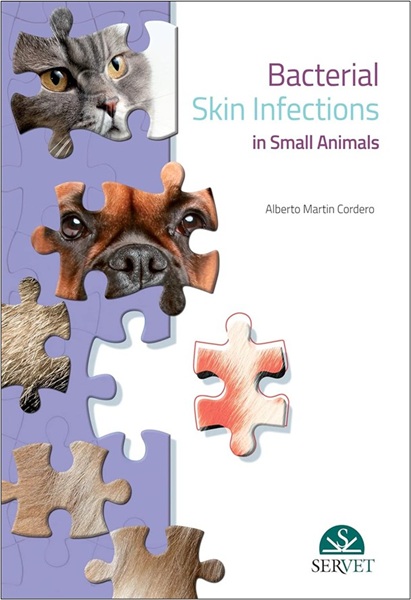
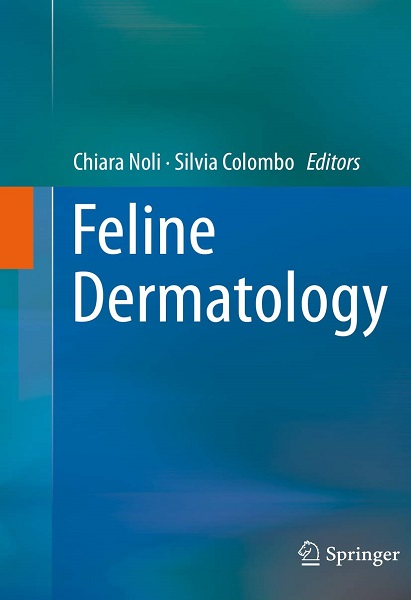

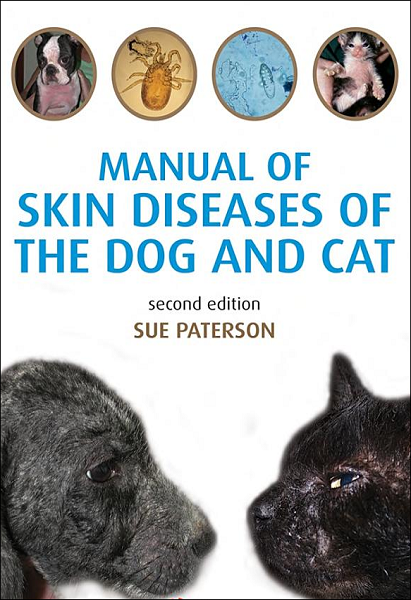
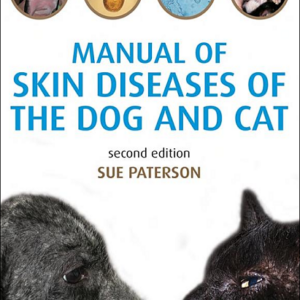


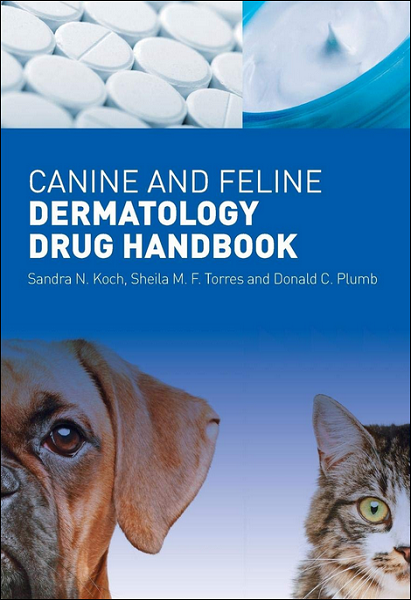
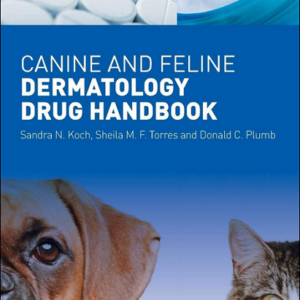
You must be logged in to submit a review.